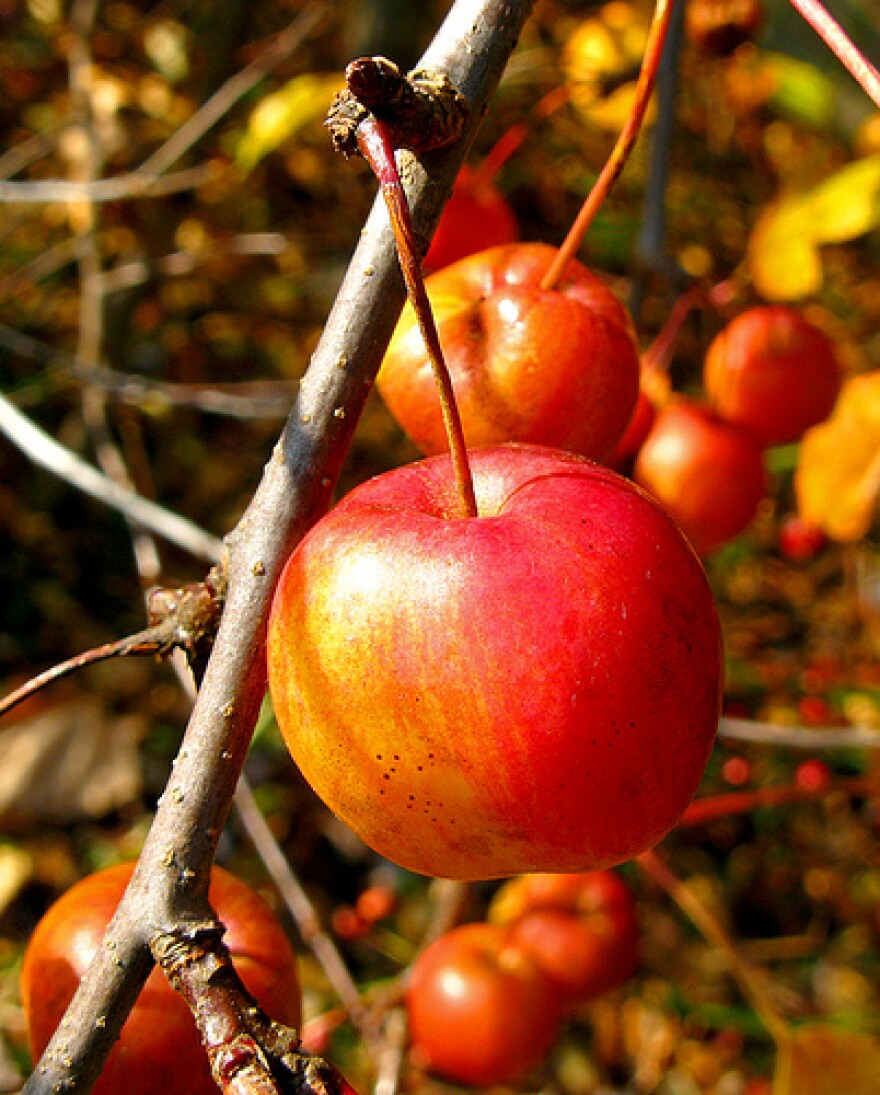Poor Will's Almanack for the first week of Late Fall
There is an emptiness at the end of Middle Fall, an absence of flowers and birdsong, the slowing of the pulse of the crickets, the opening up of the sky in the woods when leaves come down, and sometimes I try to fill the emptiness with whatever is close at hand.
I found seed heads everywhere, spent rose petals, rose hips I should have cut back a month ago, dried hydrangea blossoms covered in spider webs, Joe Pye weed bushy and dun like burdock, three blue spiderworts out of season, hops heavy across the honeysuckles, oodles of black redbud seeds hanging like manes in the branches, the soft green seeds of the fierce wood nettle, red crab apples bigger than I'd ever noticed before, stiff and prickly burrs of purple coneflowers.
All things around me seemed benign and soothing: a handful of soft, dark red raspberries from the patch that failed to produce much of anything this year, crabgrass gone to seed, its claws not threatening but protective, the summer mallow crumbling away, a skipper and a naked lady butterfly and a cabbage white ruffled by the breeze in the zinnias, honeybees climbing in the asters, and the chirping and chirping of sparrows north of the garden.
As I walked, the wind picked up, pushing fat cumulus clouds so fast, and I felt surrounded and safe within an enclosure of motion and sound. All of a sudden the air was cold and clouds moved over me, and the afternoon turned cruel and hollow. Then just as quickly there was sun again, and I felt at home and at peace.
This is Bill Felker with Poor Will’s Almanack. I’ll be back again next week with notes for the second week of Late Fall. In the meantime, as autumn takes away the summer, look closely at what you have nearby.



